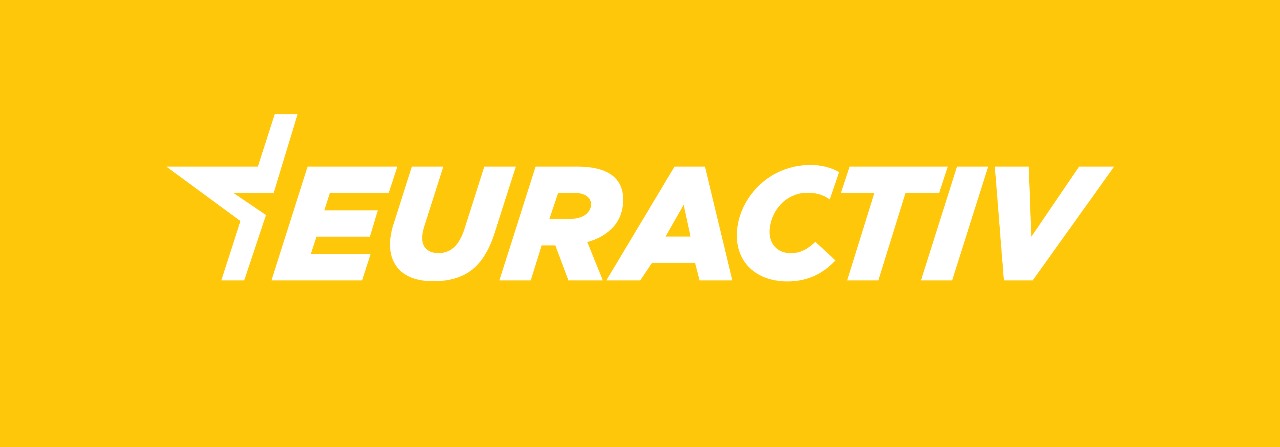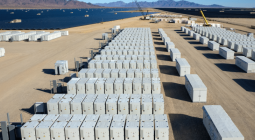Europe’s climate and security goals need an EU Solar Charter
A decade ago, a European solar renaissance seemed unthinkable. Solar deployment in 2014 had dropped by more than 70% in two years and stayed low. Europe didn’t return to 2012 levels of solar installations until 2019, when the continent installed 17 GW. But then: a comeback! Today, solar looks unstoppable. 20 GW of new EU solar in 2020 doubled to 40 GW in 2022. Last year Europe installed 56 GW of solar.
Walburga Hemetsberger, CEO of SolarPower Europe, the association representing the entire solar value chain in Europe.
In the face of the energy crisis, the EU called solar the ‘kingpin’ of Europe’s efforts to get off Russian gas – and the sector delivered. In summer 2022, Ember report that solar generation saved Europe €29 billion in gas imports. So, the coronations kept coming. Looking at global deployment, the Executive Director of the International Energy Agency crowned solar the ‘Queen’ of the energy transition.
On the heels of success, there can be a temptation to rest on laurels. Therein lies the danger. The energy transition is a marathon, not a sprint, and the finish-line is still a long way off.
Europe has twin 2030 solar goals: a total European solar fleet of 750 GWdc, and manufacturing 30 GW of solar material across the value chain. On deployment, Europe is only a third of the way there with just over 260 GWdc of solar. Manufacturing is a more mixed picture with different levels of production across the supply chain. Some component capacities must grow by a factor of 30. Solar’s ability to cross the finish line is not guaranteed.
Developers are facing grid connection times of more than 4 years. EU permitting laws are struggling to penetrate at local levels, where delays persist. Solar needs to recruit around 400,000 people within the next couple of years. These challenges come with the looming spectre of inflation and high interest rates. Coming out of years of at least 40% annual growth in installation, 2024 will likely only bring around 11% growth. This year, solar still won’t hit the annual average of 70 GWdc needed to reach the 2030 target.
At the other side of the value chain, 90% of the world’s solar PV supply is processed in a single source, China. Healthy supply chains are globalised and diversified, so economies around the world have made substantive commitments to re-shore manufacturing of solar. President Biden’s Inflation Reduction Act fired the starting gun across the Atlantic, while India, Canada, South Africa, and Turkey have all made their own moves. European policymakers have also acknowledged the need for action, but the window of opportunity to roll out real support to manufacturers is closing.
Right now, Europe’s manufacturers are expected to scale up, but they are trapped on the starting blocks, or being forced off the racetrack all together.
In 2023, the prices of solar components – like modules and inverters – fell to new lows following the solar learning curve. Developers also ordered too much, trying to avoid recent supply chain bottlenecks. With supply higher than expected, and with demand lower than expected, prices dropped.
The price evolution makes it harder for European solar manufacturers to sell their products. More and more of Europe’s enduring solar manufacturers are announcing production pauses. Hundreds of layoffs have taken place. Since August 2023 there have been at least 8 bankruptcies, announced production pauses, or debt restructurings.
Dire straits must inspire urgent action. The current vacuum of political action is polarising the discussion. With backs against the wall, some are even willing to demand protectionism. History has taught Europe that trade measures do not help anybody. The minimum import price of 2013–2018 did not bring back solar factories and coincided with deployment flatlining. The European Commission even acknowledged this month that trade measures had little impact on European solar production.
So, solar needs thoughtful solutions that are tailored to the specificities of the solar sector, and don’t have unintended consequences. SolarPower Europe, representing the full solar PV sector in Europe, has concrete proposals that advance both the EU’s solar deployment and the solar manufacturing goals in parallel and as mutually reinforcing.
First, we need an emergency plan now to keep EU solar manufacturers afloat in the next months. Public authorities can buy up stocks from EU manufacturers for their public buildings, complying with the rooftop standard that will soon apply. Then, structural measures must kick in.
Solar needs a dedicated EU-level financing tool – an EU Solar Manufacturing Bank – where EU solar developers can sign offtake agreements with EU solar manufacturers and get support to cover the initial premium cost.
EU countries must set up ‘resilience auctions’, starting with a small share of auction volumes in 2025 and growing towards 40% in 2030 to give offtake visibility for European solar products.
The European Investment Bank should ramp up its support for the ready-to-go pipeline of solar manufacturing projects, as it did with Sicily’s 3SUN factory last month.
All of this comes with robust market access rules, like ecodesign or supply chain sustainability legislation, ensuring only products that uphold Europe’s ESG values can enter the single market.
Almost two years ago, the EU Solar Strategy was launched in a different world – pre-Inflation Reduction Act, pre-price crisis. Meanwhile, solar delivered for Europe, installing record capacity, shielding millions of European citizens and companies from high price peaks. Recognising the unique situation of solar and taking tailored action would be well in line with the European approach to chips, hydrogen, and wind, with multi-billion euro plans for each of these technologies.
This is a moment of truth for the European solar sector to demonstrate unity in this challenging moment, and for European decisionmakers to step up and deliver on its intended goals for the technology that represents its main decarbonisation solution. It is time for a solar specific action plan from policymakers: an EU Solar Charter.
Cover photo: [J. Konrad Schmidt/Solarwatt]



